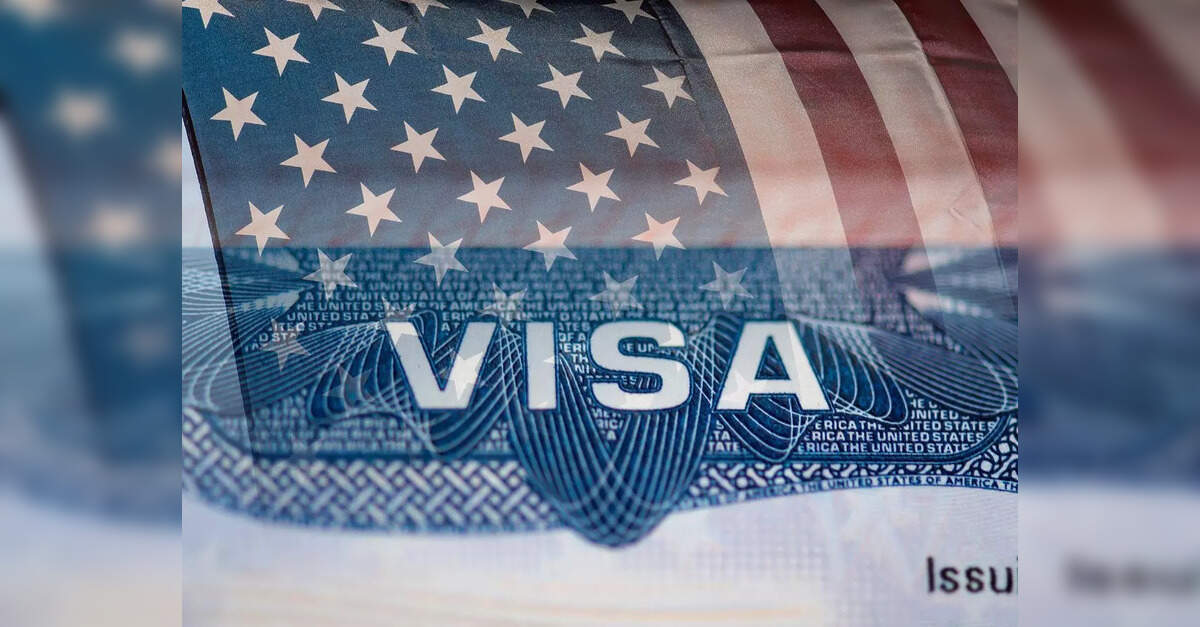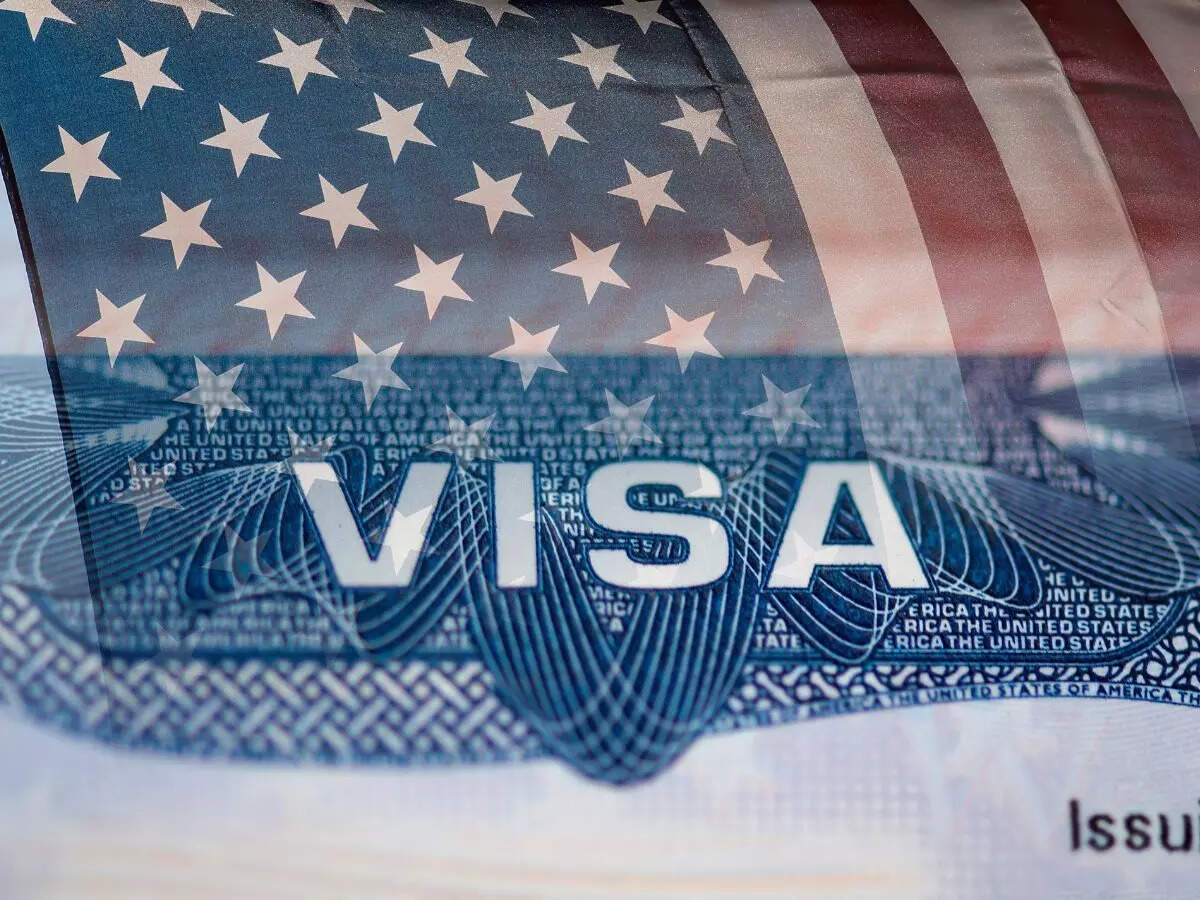
US student visa arrivals fall to four-year low, led by Asia drop, ETEducation

Visitors to the US arriving on student visas hit a four-year low in August, portending a grim trend for the nation’s education sector.
Student arrivals to the US dropped 19% in August year-on-year to just over 313,000 – a fifth consecutive month of declines, according to data from the International Trade Administration that tracks arrivals to the country. That’s the lowest number of students entering the US for August — a peak month for new students to arrive — since 2021 amid the Covid pandemic. Total student arrivals are down nearly 12% for the year through August.
The downturn is most dramatic among those from Asia, which provides the bulk of student visas, as President Donald Trump’s “America First” policies create immigration hurdles. The measures implemented during the summer application season have had a chilling effect on students eyeing the US for advance education, leading to billions of dollars in lost revenue for US universities.
“If the trends continue, the impact will be significant not only for campuses and their students — both international and American — but for the economy overall,” said Zuzana Cepla Wootson, deputy director of federal policy of the Presidents’ Alliance on Higher Education and Immigration, whose members are university leaders. “Fewer international students mean fewer contributions to America’s leadership in science and technology — and, ultimately, a less competitive United States in the long run.”
The latest student visa data comes as the Trump administration’s immigration reforms target new H-1B visas for foreign workers with specialized skills. The president signed a proclamation Friday overhauling the program, including a $100,000 fee for applications.
The education industry is expecting to see further declines in September, with estimates suggesting new international student enrollment could be down by as much as 40% this fall, Wootson said.
That would translate to roughly $7 billion in lost revenue for universities, according to the group NAFSA: Association of International Educators. International students contributed nearly $44 billion to the US economy and supported almost 400,000 jobs in 2023–24. For every three international students, one US job is created, according to the group.
Asia posted the biggest decline in the total shortfall of student arrivals, falling 24% to about 191,000. Indian scholars decreased 45%, while those from China dropped 12%. Thirteen of the biggest source markets in Asia, from Japan to Vietnam, experienced declines in student arrivals in August and for the year.
Africa posted a 33% percent decline in student arrivals, the biggest by percentage of any region, though off a much smaller total. Western European countries, by contrast, showed the smallest decline of just under 1%.
The US temporarily paused student visa interviews in late May and enhanced vetting processes to include reviews of applicants’ social media profiles — creating backlogs at embassies and consulates.
The visitor arrival figures don’t break down whether those coming in are new or returning students. Many already on student visas may have chosen to stay in the US due to the administration’s scrutiny of international scholars, Wootson said.
Source link



